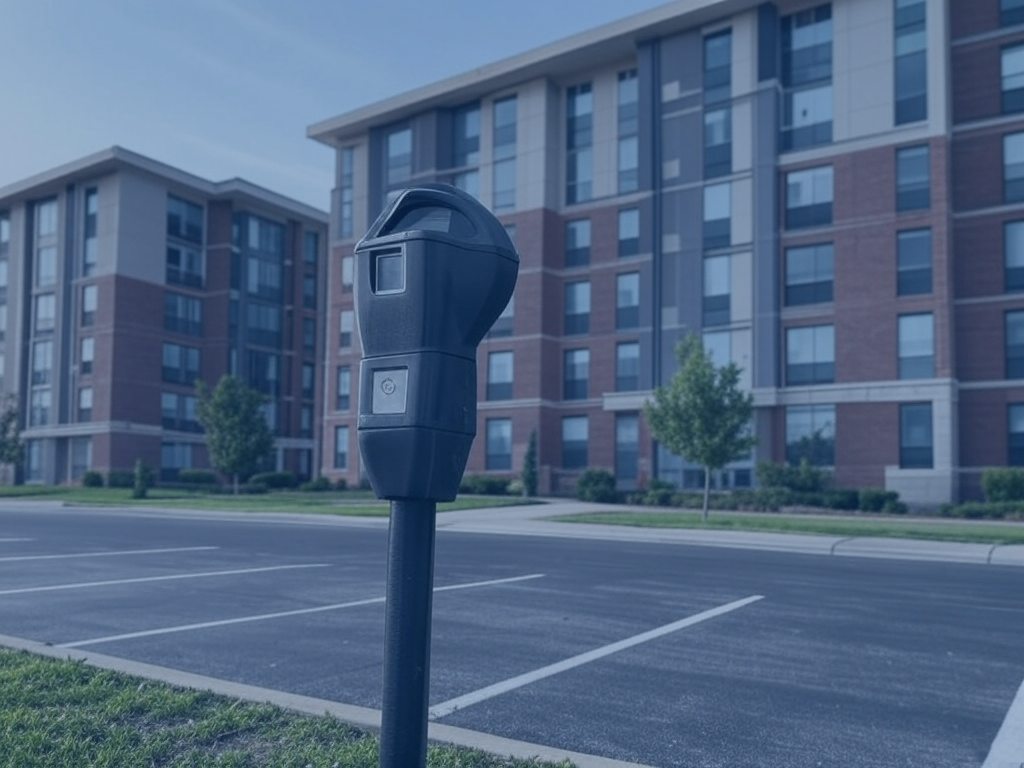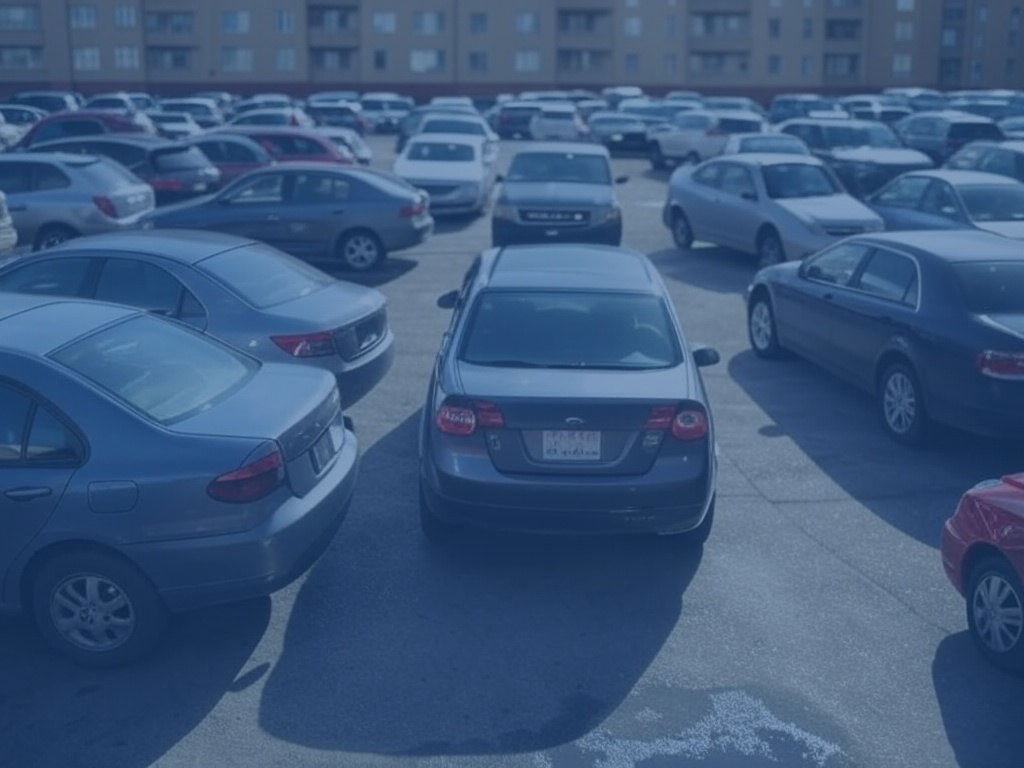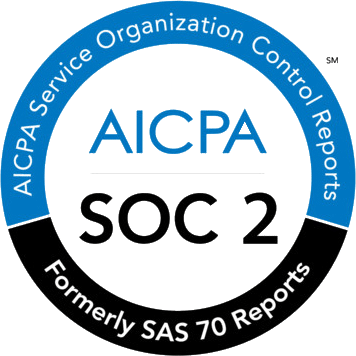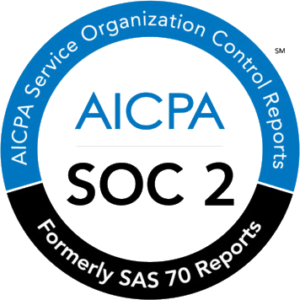Table of Contents
ToggleSummary
- A car park access control system automates the entry and exit of vehicles in a parking space.
- It prevents unauthorized use of space and comes in various types including keypads, proximity cards, RFID tags, ANPR and connected cars.
- There are many benefits to having a car park access control system within a building and 3 key areas you should assess when choosing the correct access control system for you needs.

A car park access system automates the entry and exit of vehicles in a parking space. It collects necessary parking charges from the vehicle owners or allows authorized vehicles to enter the premises and use the parking space.
The primary responsibility of a car park access control system is to prevent unauthorized use of parking spaces. There are about 1.2 billion cars in the world today and this is expected to reach 2 billion by 2030. To make things difficult, while the car population keeps increasing at a staggering rate, parking space availability is decreasing due as an understandable environmental deterrent.
Do all the cars that people own have a dedicated parking space?
In short, no. Be it in a shopping mall or at an office space, finding parking is one of the toughest challenges that every car owner faces. When finding a car parking space becomes difficult, they try to sneak into any space that is available, even if they are not authorized to do so.
If such unauthorized parking happens in a parking space owned by an office, it will make things difficult for employees. As more offices around the world have started opening up, it has become necessary to ensure that car parking space is available for employees whenever they need it.
However, how do companies ensure only certain authorized people can access their car parks? This is where access control systems come into play.
Common types of access control systems
There are various types of car park systems that you might have seen in buildings:
Keypads: They look similar to dial pads on a telephone and require the user to input a PIN to gain entry into the building or the parking space.
Proximity cards: These cards take the form of plastic cards with magnetic strips that the user can scan at the card reader. The card reader is usually placed at the entrance adjacent to the barricade. The gate/barricade opens or closes when the proximity card is scanned.
RFID tags: These are slightly advanced forms of access systems and are commonly used in ID cards as well as in retail store packaging. The tags have a long-range and hence can activate the gates or barricades when the car reaches a considerable distance. This enables the car driver to drive through without having to stop for the ID to be scanned or the gate to open.
ANPR: Automatic Number Plate Recognition is an OCR (Optical Character Reading) based technology that reads a vehicle’s registration number, matches it with the building records for parking permits, and grants access.
Connected cars: The Internet of Things have found their place in everything ranging from smart ovens to connected cars. Connected cars are powered by IoT sensors that connect to the cloud for exchanging information. They have a considerably longer range and have longer battery life. Connected cars do not require any additional cards, tags, or keypad entry to gain access to the park system. A one-time configuration or registering in the building’s parking system is the only requirement.

Benefits of having a car park access system
Equipping your building premises with an efficient car park access control system will give several benefits. Some of them are outlined below:
Prevents unauthorized parking
Unauthorized parking, that is, parking in spaces that are otherwise reserved for specific personnel is a common phenomenon in every metro city across the globe. This is especially common in Britain, which is rated as the ‘worst place to park in the world’ in an interview by Guardian.
A cark access control system ensures that the parking space of a building cannot be accessed without a permit. The use of tokens, swipe cards, motion sensors ensures that only permitted vehicles can use the parking space.
Automated parking space allocation
The facilities and admin team of a building owns the responsibility of allocating parking space to each employee or resident of the building. At the onset, this might seem like an easy task that requires minimal effort. On the contrary, assigning a limited supply of parking space to a constantly floating population of cars is a nightmare.
This is especially true when the building is an office that is offering hybrid work options to its employees. The uncertainty involved in determining the number of employees coming to the office in their cars makes parking space allocation difficult.
A car park access system can ease the situation by automating the entire process. It can help admin teams and car owners know real-time parking space occupancy status and thereby making planning easier. Also, the system can also help in determining the days or time of the day during which parking space demand spikes and draw proactive plans to ensure parking space availability.
Heightened security of parking premises
Security must be of paramount importance for every business owner. Allowing any care to enter and exit a building with proper checks is not a wise thing to do. However, hiring a team of security personnel to guard entry and exit points 24/7/365 is not feasible either.
It is here that a car park access system can make a difference. It can integrate with gates, barricades, or barriers and ensure that only vehicles that have the necessary security clearance or permit are allowed to enter and exit the building. The use of parking sensors and RFID tags ensures that the entire process is automated and does not require the involvement of security personnel.
Historical record of parking space utilization
The downside of manual car park systems is that they do not give visibility into parking space utilization. Without historical data, it is not possible to analyze past trends or predict future trends of the need for car parking space. An automated car park access system can solve that problem. It can give accurate data, with granular level information on the date and time when parking space utilization peaked or dipped. Based on such data-led conclusions, it is eraser to forecast the parking space requirement for the near future.
Reduced carbon emissions
16% of man-made CO2 emissions are caused by road transport. Cars, in addition to plying on the road, spend a significant amount of time trying to find a parking spot. With a car park access system, drivers can quickly find parking spots closer to the car’s location. It reduces carbon emissions, contributes to the vehicle’s health, and thereby contributes to a sustainable earth.

How to choose a car park access system
Unlike grocery shopping, choosing a car park system requires extensive planning and long-term vision. You cannot change your car park system frequently. If you want to provide your employees and parking space users with a positive experience, it is necessary to choose a car access system that is robust, reliable, and feature-rich.
To ensure that you are making the right choice, look for these traits:
Digital solution
There is no aspect of our daily lives that is not digitized. A car park access system should be no exception. A digital car park access system ensures that you can access it from anywhere, any device, and on any platform and is much more sustainable than manual management. Digitizing car park access would maximize accessibility for all users alike and ensures you can:
- Monitor employees’ in-office and remote working days
- Properly allocate the company’s parking slots
- Check parking slots usage, including implementing sanctions for illegal parking, including from other companies
- Ensure parking spaces are maximized, and open slots to guests, if needed
- Make it safer and easier to get into the car park for employees while removing the cost and headache of access cards for new hires and replacing lost access cards for existing staff
- Save on parking management tasks
Integrations
An ideal car parking system should easily integrate with all other applications your business could be using. It should seamlessly become part of a smart office setup where data from applications flow easily to form a big picture. Also, the integration should make it easy for users to handle their parking from a single interface instead of hopping between screens or apps. By digitizing access control while also integrating with all other parking management features, you can optimize employee parking management.
Automation
As the number of cars, parking spaces, and users increase, there will be tremendous pressure on the admin and facilities team to overlook parking space management. It is necessary that the car park access system has some amount of automation so that repetitive and rules-based tasks can be processed automatically without having to rely on personnel.
| Want to see how a next-gen car park access system works?Take a free demo of Wayleadr. |












